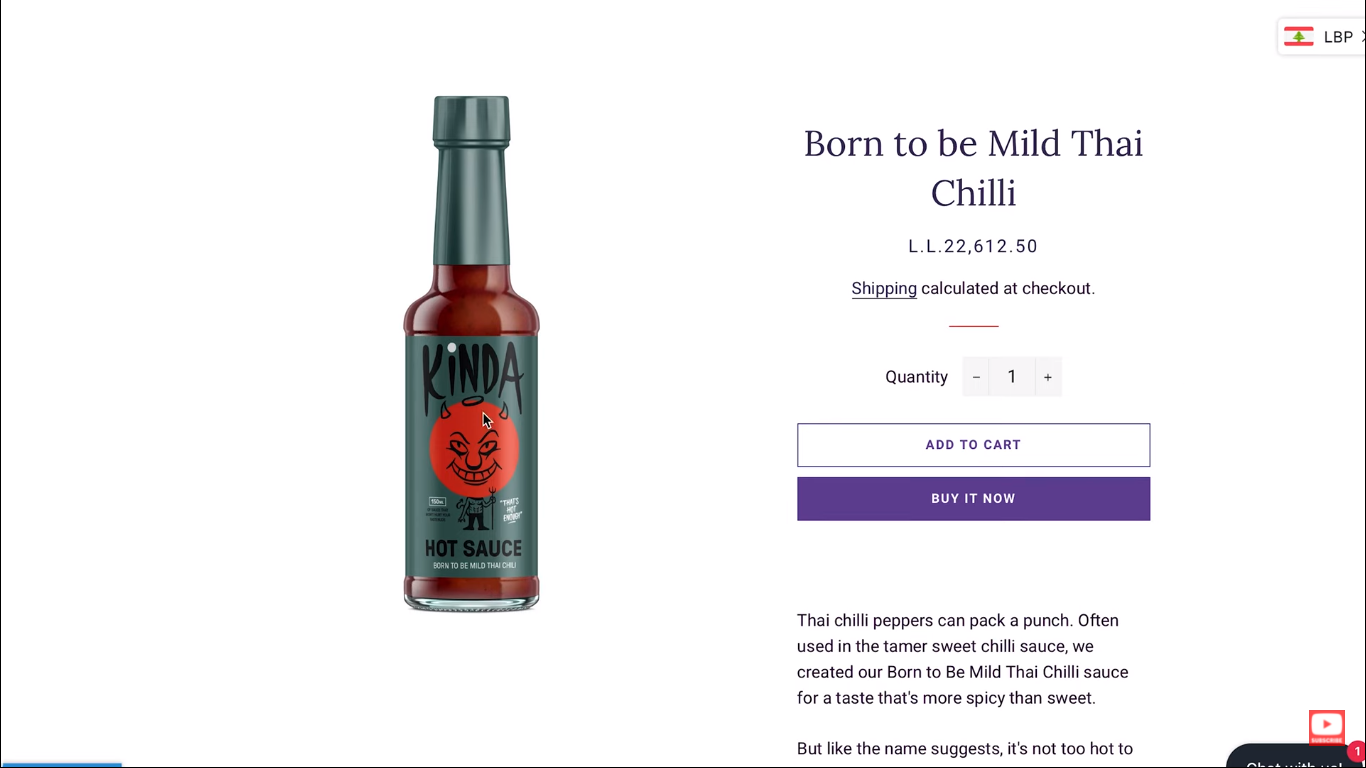Have you ever heard that the safest place to hide a dead body is the second page on Google? Of course, it’s not true, but the joke somehow demonstrates the outstanding importance of a high rank in search engines, especially to online business. No matter how unique your products are, no one will know you if your shop just lies on the second or third page of the searching tools.
Getting your store ranked number one on Google is not as problematic as many people imagine. In this article, we will show you how to harness the power of SEO without investing too much money.
How Does SEO Work?
In general, Search Engines Optimization (SEO) is the steps that are taken to show Google your content is relevant and that your website is a worthy place to visit. There are three types of SEO, which are:
Technical SEO: Technical SEO ensures that your website has a great speed, and is optimized for search engines crawlers and mobile devices.
On-Page SEO: On-page SEO shows visitors what your page is about. It includes keywords, topic relevance, meta information, images, and so on...
Off-Page SEO: Off-page SEO mainly shifts the focus onto backlinks. With high-quality relevant backlinks, it’s certain that your page will hold a high rank on the first page of Google.

If you know how to harmonize these three factors, you will dramatically improve the quantity and quality of people who come to the store. Once Google sees that visitors have an enjoyable experience in your place, they will bump you to a higher place, and everyone can find you quicker and more conveniently.
Three Tips to Improve Your SEO
Tip 1: Keywords
In general, you show keywords on your site (in the page content, meta description, title tags, URL, and so on…) so that customers could find you when they search for something in Google. To achieve that goal, your keywords must relate to their search. But how?

Well, you have no choice but need to understand the topic behind keywords and cover that topic. After understanding the topic thoroughly, you could find out keywords that are searched by many people but not utilized by other websites. You can also find out that kind of keyword through Google Keyword Planner.
Let’s imagine that you’re looking for words for your hot sauce brand. Type keywords into the search bar of Google Keyword Planner (here I’ll use “hot sauce Canada”, “hot sauce subscription box”, and “vegan hot sauce”). Hit get results and here is what you receive:

As you can see, “hot sauce Canada” has the most monthly searches, yet the competition is high at the same time. With that high competition, we’re not likely to rank high for this search term. But don’t worry- scroll down and you will see other keywords suggested by the tool. Your mission is to look for high average monthly searches with low competition, and that’ll be the right keywords for your website.
Bear in mind four things:
Right keywords should be 1000+ monthly searches
High-competition search terms could be replaced by synonyms (for example, replace “hot sauce Canada” with “chili sauce Canada”)
Longtail keywords or long phrases should be used for a higher rank (for example, replace “hot sauce Canada” with “homemade hot sauce Canada for sandwiches”)
Many keywords should be used simultaneously
After finding the keywords, insert them into product titles, product descriptions, image alt text, or URL. Note that even though it is recommended to include various keywords, try to arrange them in a way that makes sense. Otherwise, your site will face up with keyword stuffing and therefore take the risk of being penalized by Google.
Tip 2: Link Building
Link building is mostly related to getting hyperlinks from other websites. If many other websites are pointing to your store and many other people are talking about you, Google will consider the site as reputable and trustworthy. There are three things that Google cares most about hyperlinks, which are:
The number of hyperlinks
The quality of hyperlinks
The relevancy of hyperlinks

To build links successfully, start with establishing a partnership with people in your industry. Send them an email to briefly introduce yourself, and give them some reason to start a mutually beneficial relationship.
Tip 3: Quality Content
Google pays attention to the way people interact with your site. If visitors find your site uninformative or too messy, they will click on the “Back” button right away. Due to that, Google moves you down in the ranks. To avoid that scenario, you can rearrange your homepage and product page a little bit:
a. Homepage:
The most important thing to note here is keeping your homepage as simple as possible. Try to use product images or a short line copy instead of long paragraphs, and don’t forget to insert the “Shop Now” button to make people browse and stay on your site.
Take the homepage of our hot sauce site as an example. Here we have elegant images, some teaser texts, and a “Shop Now” button.

b. Product Page
Here customers care most about products, so we recommend you use high-quality images and add specific information about your products. You can also learn how to write good descriptions for products in this article.

Don’t forget that our world is suffering from a disastrous pandemic called COVID-19. Check out the importance of e-commerce during the pandemic and 7 ways COVID-19 has changed the future of marketing.

